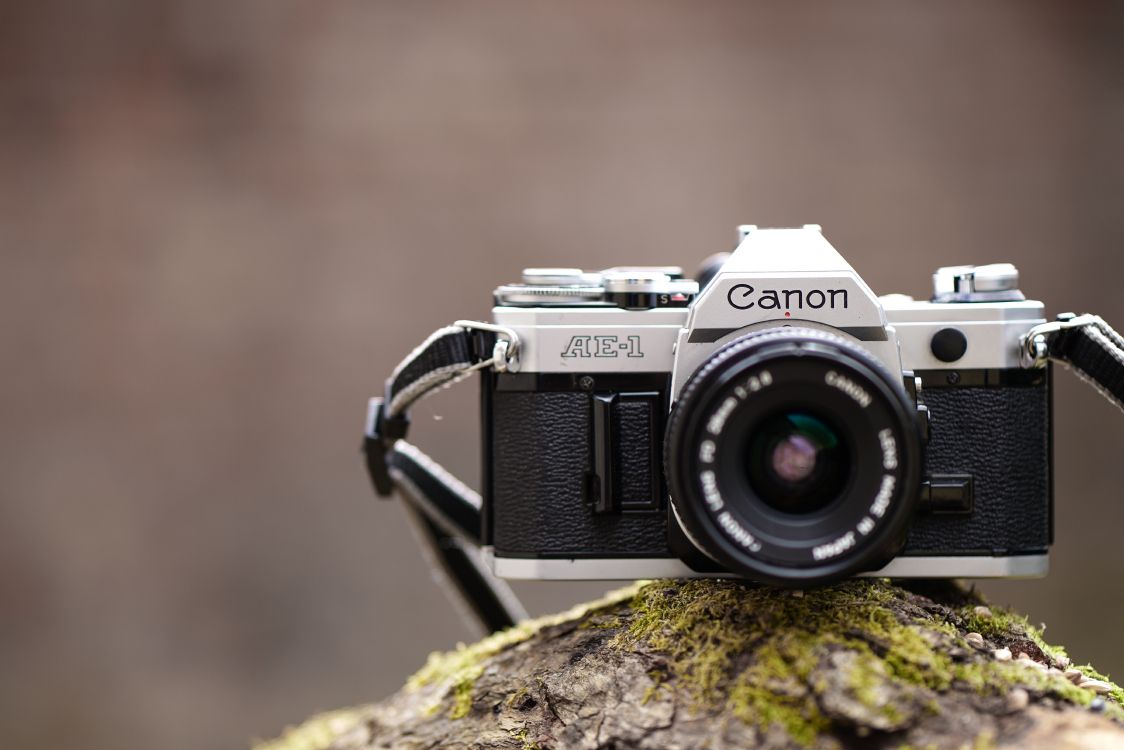How to Photograph the Moon with a DSLR: A Comprehensive Guide
Introduction to Moon Photography
Being able to capture the beauty of the moon in a photograph can be both rewarding and challenging. For professional photographers, understanding how to photograph the moon with a DSLR is an essential skill. In this in-depth guide, we'll explore the techniques, settings, and tips needed to capture stunning lunar images.
Mastering the art of moon photography requires not just the right equipment but also knowledge of the night sky and how to leverage the capabilities of your DSLR camera. Whether youre photographing the full moon, a crescent moon, or a rare lunar eclipse, each phase presents its unique challenges and opportunities.

Understanding Your Equipment
The Importance of a DSLR Camera
DSLR cameras provide the flexibility and control needed to photograph celestial objects effectively. If you're unsure if your camera is a DSLR, check out how to identify a DSLR. These cameras allow manual adjustments of exposure, ISO, and shutter speed, essential for moon photography.
Choosing the Right Lens
When it comes to moon photography, lens selection is crucial. Telephoto lenses, with their longer focal lengths, are ideal as they can bring distant objects like the moon closer, filling the frame more effectively. Typically, a lens with a focal length of 300mm or longer is recommended.
Using a Sturdy Tripod
Stability is key when photographing the moon. Any slight movement can result in a blurry image. A sturdy tripod is indispensable for ensuring your camera remains still during long exposures.

Camera Settings for Moon Photography
Manual Mode
For photographing the moon, switch your DSLR to manual mode. This gives you full control over the key settings: aperture, ISO, and shutter speed.
Shutter Speed
The moon is brighter than you might expect, so you wont need an extremely long exposure time. Typically, a shutter speed of 1/125 to 1/250 of a second works well. For more insights on shutter speeds, visit understanding shutter speed.
Aperture
An aperture of f/11 is a good starting point. It provides a nice balance by capturing enough light without overexposing the bright areas of the moon.
ISO Settings
Keep your ISO as low as possible, typically between 100 and 200. Higher ISO settings can introduce noise, which is undesirable for clear moon photos.

Focusing Techniques
Manual Focus
Autofocus can struggle in low light, so switch your lens to manual focus. Use your cameras live view feature and zoom in on the moon to achieve a sharp focus.
Using the Hyperfocal Distance
Understanding and utilizing the hyperfocal distance can also help achieve sharper moon images, especially when including foreground elements like trees or buildings.

Planning Your Moon Photography Session
Checking the Moon Phases
Different phases of the moon provide various photographic opportunities. Full moons are bright and detailed, while crescent moons create more dramatic compositions. Utilize an app or website like Moon Giant to track moon phases.
Finding the Best Location
Light pollution can significantly impact your moon shots. Look for a location away from city lights, such as a rural area or a high vantage point.
Timing Is Everything
The time of night can also influence your moon photos. Just after sunset or just before sunrise, the sky retains some color, which can add a stunning backdrop to your moon shots.
Post-Processing Your Moon Images
Editing Software
Software like Adobe Lightroom or Photoshop is highly recommended for post-processing. They offer extensive tools for adjusting exposure, sharpening details, and enhancing the overall image quality.
Basic Adjustments
Start with basic adjustments such as cropping, exposure correction, and contrast enhancement. Ensure the details of the moon are visible and not overblown.
Noise Reduction
Even with low ISO settings, some noise might still be present. Use noise reduction tools carefully to maintain image sharpness while reducing unwanted grain.
FAQs
1. What lens is best for moon photography?
For capturing the moon, a telephoto lens with a focal length of at least 300mm is ideal. This allows you to fill the frame with the moon, highlighting its details and textures.
2. Do I need special filters for moon photography?
While not necessary, using a neutral density (ND) filter can help manage the brightness of a full moon, allowing more flexibility with your camera settings.
3. Can I photograph the moon with a smartphone?
While possible, smartphones lack the manual control and lens options available on a DSLR, making it challenging to capture detailed and high-quality moon images.
As an Amazon Associate, I earn from qualifying purchases.

